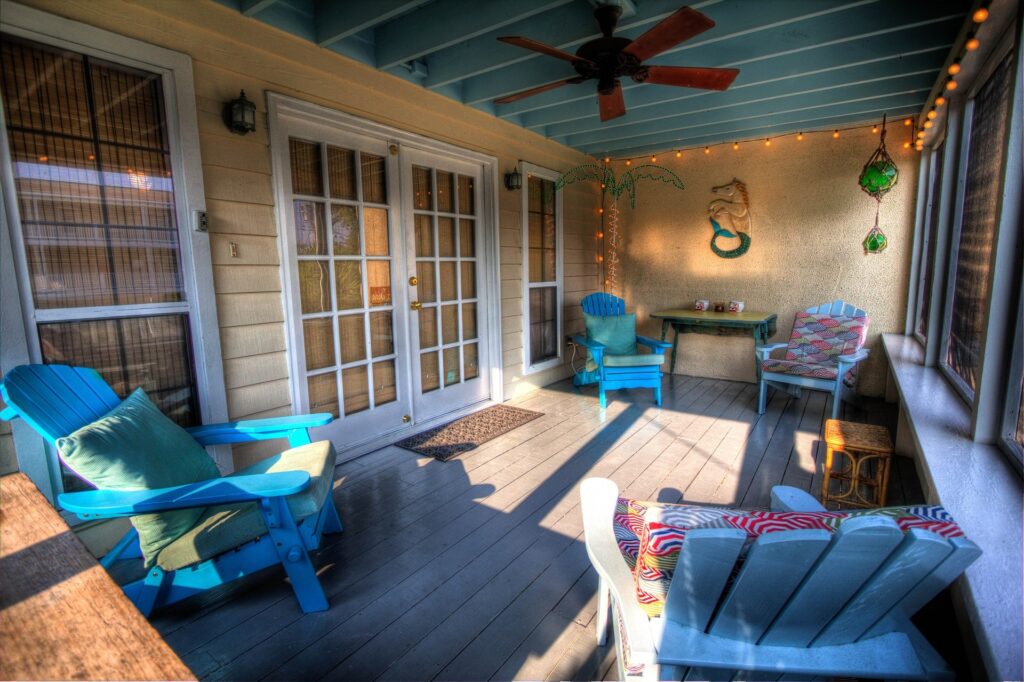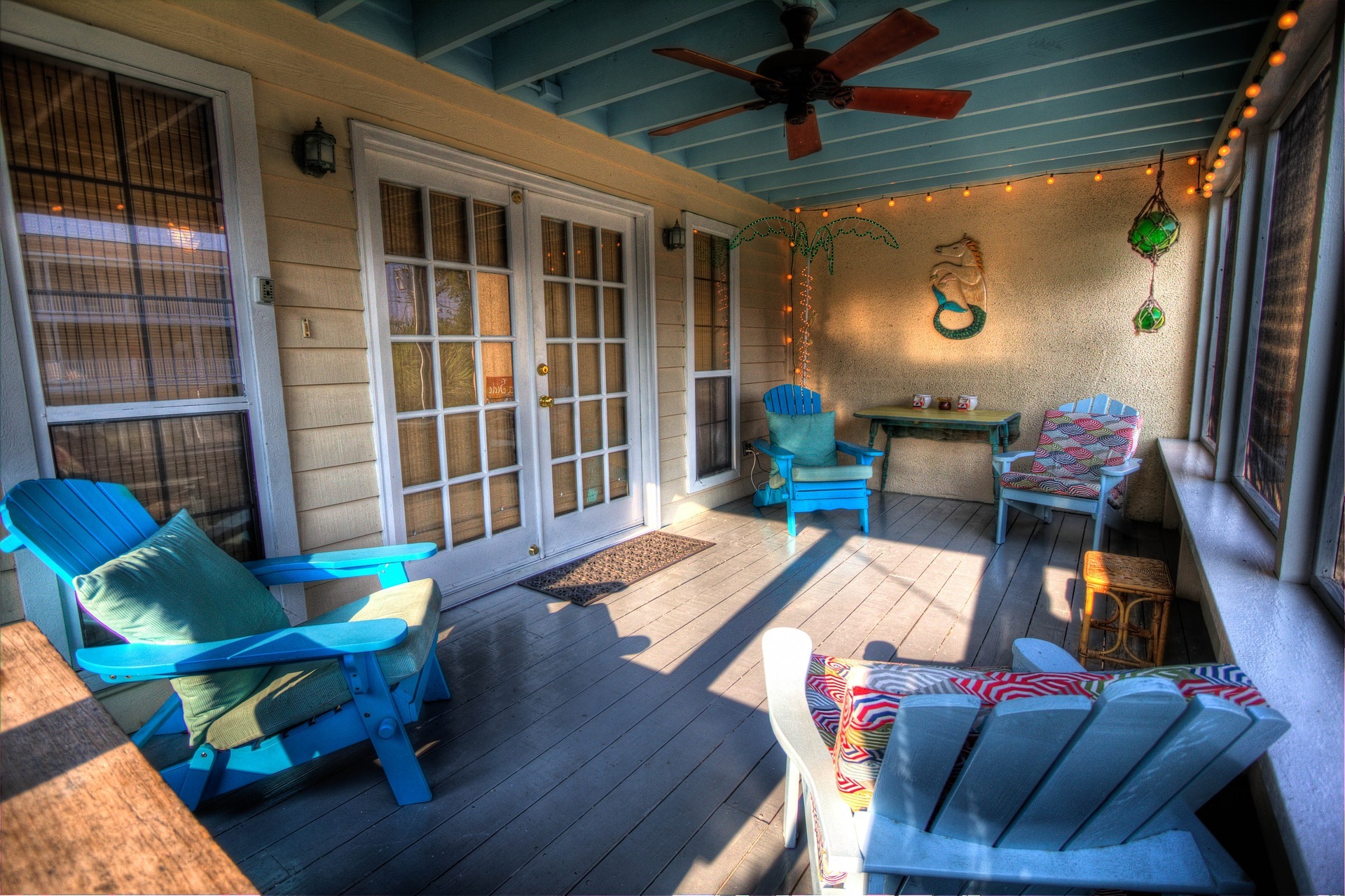
Insulated Patio Door Curtains: A Comprehensive Guide to Energy Efficiency and Style
Patio doors offer a beautiful transition between indoor and outdoor spaces, flooding homes with natural light and providing easy access to patios, decks, and gardens. However, they can also be a significant source of energy loss, particularly during extreme weather conditions. That’s where insulated patio door curtains come in. These curtains are designed to minimize heat transfer, keeping your home comfortable year-round while potentially lowering your energy bills. This guide will delve into the world of insulated patio door curtains, exploring their benefits, different types, how to choose the right ones for your needs, and tips for installation and maintenance.
Understanding the Benefits of Insulated Patio Door Curtains
The primary benefit of insulated patio door curtains is their ability to regulate temperature. They act as a barrier against heat gain in the summer and heat loss in the winter. This is achieved through multiple layers of fabric, often including a thermal lining or foam backing. Here’s a closer look at the advantages:
- Energy Efficiency: By reducing heat transfer, these curtains can significantly decrease your reliance on heating and cooling systems, leading to lower energy consumption and reduced utility bills.
- Temperature Regulation: Maintain a consistent and comfortable indoor temperature, regardless of the weather outside.
- Light Control: Insulated patio door curtains can effectively block out sunlight, reducing glare and protecting furniture and flooring from fading. Many options offer varying degrees of light control, from room darkening to blackout.
- Noise Reduction: The dense fabric layers can also help to dampen outside noise, creating a quieter and more peaceful indoor environment.
- Privacy: Provide an added layer of privacy, preventing unwanted views into your home.
- Style and Aesthetics: Insulated patio door curtains are available in a wide range of colors, patterns, and styles, allowing you to enhance the look of your patio door and complement your existing decor.
Types of Insulated Patio Door Curtains
Insulated patio door curtains come in various materials and designs, each offering different levels of insulation and aesthetic appeal. Here are some of the most common types:
Thermal Curtains
Thermal curtains are designed with multiple layers of fabric, including a thermal lining that helps to reflect heat. They are a popular choice for their effectiveness in regulating temperature and are often more affordable than other options.
Blackout Curtains
Blackout curtains are designed to block out nearly all light, making them ideal for bedrooms or media rooms. They often have a dense foam backing or multiple layers of fabric to achieve this level of light control, which also contributes to their insulating properties. [See also: Best Blackout Curtains for Bedrooms]
Foam-Backed Curtains
These curtains have a layer of foam adhered to the back of the fabric, providing added insulation and noise reduction. The foam backing can also help to give the curtains a fuller, more luxurious look.
Quilted Curtains
Quilted curtains feature a layer of batting sandwiched between two layers of fabric, creating a quilted pattern. This construction provides excellent insulation and adds a decorative touch to the curtains.
Cellular Shades (Honeycomb Shades)
While technically shades, cellular or honeycomb shades offer excellent insulation due to their unique cellular structure that traps air. They can be a good alternative to curtains for a more streamlined look.
Choosing the Right Insulated Patio Door Curtains
Selecting the best insulated patio door curtains for your home depends on several factors, including your budget, desired level of insulation, aesthetic preferences, and the specific needs of your patio door. Here are some key considerations:
Material and Construction
The material and construction of the curtains play a significant role in their insulating properties. Look for curtains with multiple layers of fabric, a thermal lining, or a foam backing. Consider materials like polyester, microfiber, or a blend of fabrics. The tighter the weave, the better the insulation.
Size and Coverage
Accurately measure your patio door to ensure that the curtains provide adequate coverage. The curtains should extend beyond the edges of the door frame to prevent drafts and light leakage. Consider the length of the curtains as well; longer curtains can provide better insulation.
Color and Style
Choose colors and styles that complement your existing decor. Darker colors tend to absorb more heat, while lighter colors reflect heat. Consider the overall aesthetic of your room and select curtains that enhance the space. Insulated patio door curtains are available in a wide variety of styles, from classic to contemporary, so you can find something that suits your taste.
Light Control
Determine the level of light control you need. If you want to completely block out light, opt for blackout curtains. If you prefer some natural light to filter through, choose thermal curtains or foam-backed curtains with a lighter color.
Ease of Maintenance
Consider how easy the curtains are to clean and maintain. Some materials are machine washable, while others require dry cleaning. Choose curtains that are practical for your lifestyle.
Budget
Insulated patio door curtains range in price, so set a budget before you start shopping. Thermal curtains are generally more affordable than blackout curtains or quilted curtains. Consider the long-term energy savings when making your decision.
Installation and Maintenance Tips
Proper installation and maintenance are essential for maximizing the benefits of your insulated patio door curtains. Here are some helpful tips:
Installation
- Choose the Right Hardware: Select a curtain rod that is sturdy enough to support the weight of the curtains. Consider using a double rod to layer sheer curtains with insulated patio door curtains for added style and light control.
- Proper Mounting: Mount the curtain rod several inches above the door frame and extend it beyond the edges of the frame to prevent drafts and light leakage.
- Use Holdbacks: Use holdbacks or tiebacks to keep the curtains open during the day and allow natural light to enter the room.
Maintenance
- Regular Cleaning: Dust or vacuum the curtains regularly to remove dirt and debris.
- Follow Care Instructions: Follow the manufacturer’s care instructions for washing or dry cleaning the curtains.
- Spot Cleaning: Spot clean any stains or spills immediately to prevent them from setting.
- Inspect Regularly: Inspect the curtains regularly for any signs of damage or wear and tear. Repair or replace the curtains as needed.
The Science Behind Insulation: How Insulated Patio Door Curtains Work
The effectiveness of insulated patio door curtains lies in their ability to disrupt the three modes of heat transfer: conduction, convection, and radiation.
- Conduction: This is the transfer of heat through direct contact. Insulated patio door curtains reduce conduction by providing a barrier between the warm indoor air and the cold glass of the patio door (or vice versa). The multiple layers of fabric create air pockets, which act as insulators.
- Convection: This is the transfer of heat through the movement of fluids (air or water). Curtains help to minimize convection by preventing drafts and air currents from moving heat around the room.
- Radiation: This is the transfer of heat through electromagnetic waves. Blackout curtains, in particular, are effective at blocking radiant heat from the sun, keeping the room cooler in the summer.
Beyond Curtains: Additional Tips for Improving Patio Door Insulation
While insulated patio door curtains are a great way to improve energy efficiency, there are other steps you can take to further enhance the insulation of your patio door:
- Weatherstripping: Check the weatherstripping around the door frame and replace it if it is damaged or worn.
- Caulking: Seal any cracks or gaps around the door frame with caulk.
- Window Film: Apply a layer of window film to the glass to reflect heat and reduce glare. [See also: Energy Efficient Window Film Options]
- Storm Doors: Install a storm door to provide an extra layer of insulation and protection from the elements.
- Consider Replacement: If your patio door is old or inefficient, consider replacing it with a newer, energy-efficient model.
Making the Switch to Insulated Patio Door Curtains: A Worthwhile Investment
Insulated patio door curtains are a smart investment for any homeowner looking to improve energy efficiency, enhance comfort, and add style to their home. By understanding the different types of curtains, considering your specific needs, and following proper installation and maintenance tips, you can maximize the benefits of these versatile window treatments. From reducing energy bills to creating a more comfortable living space, insulated patio door curtains offer a practical and stylish solution for managing the energy performance of your patio doors. So, consider making the switch today and enjoy the many advantages they have to offer.
The Future of Insulated Window Treatments
The market for insulated patio door curtains and other energy-efficient window treatments is constantly evolving. We’re seeing innovations in materials, such as more sustainable and eco-friendly fabrics, as well as advancements in smart home technology. Imagine curtains that automatically adjust based on the time of day, the weather, or even your personal preferences. These advancements promise to make homes even more comfortable and energy-efficient in the years to come. The future of window treatments is bright, and insulated patio door curtains will continue to play a crucial role in creating sustainable and stylish living spaces.

